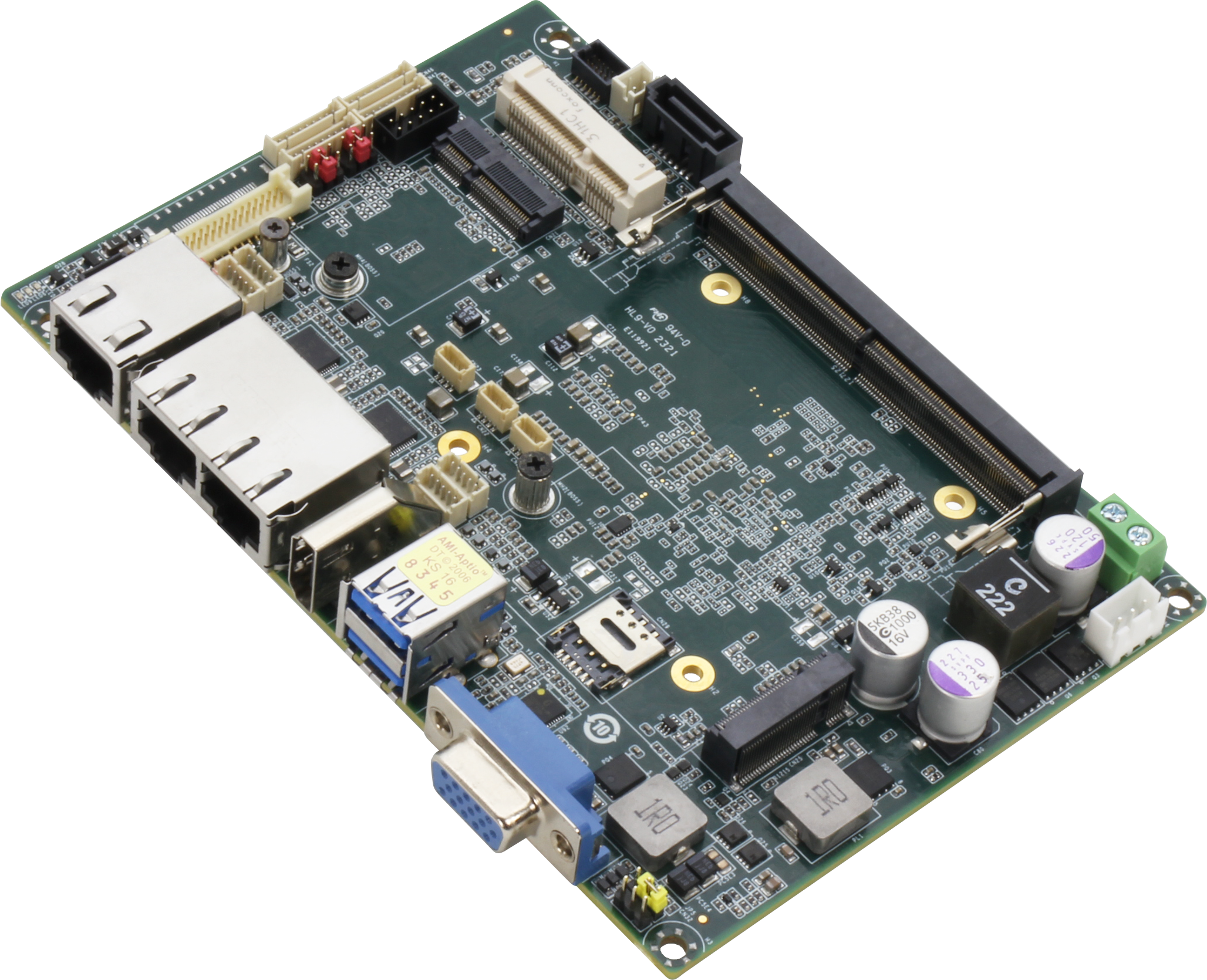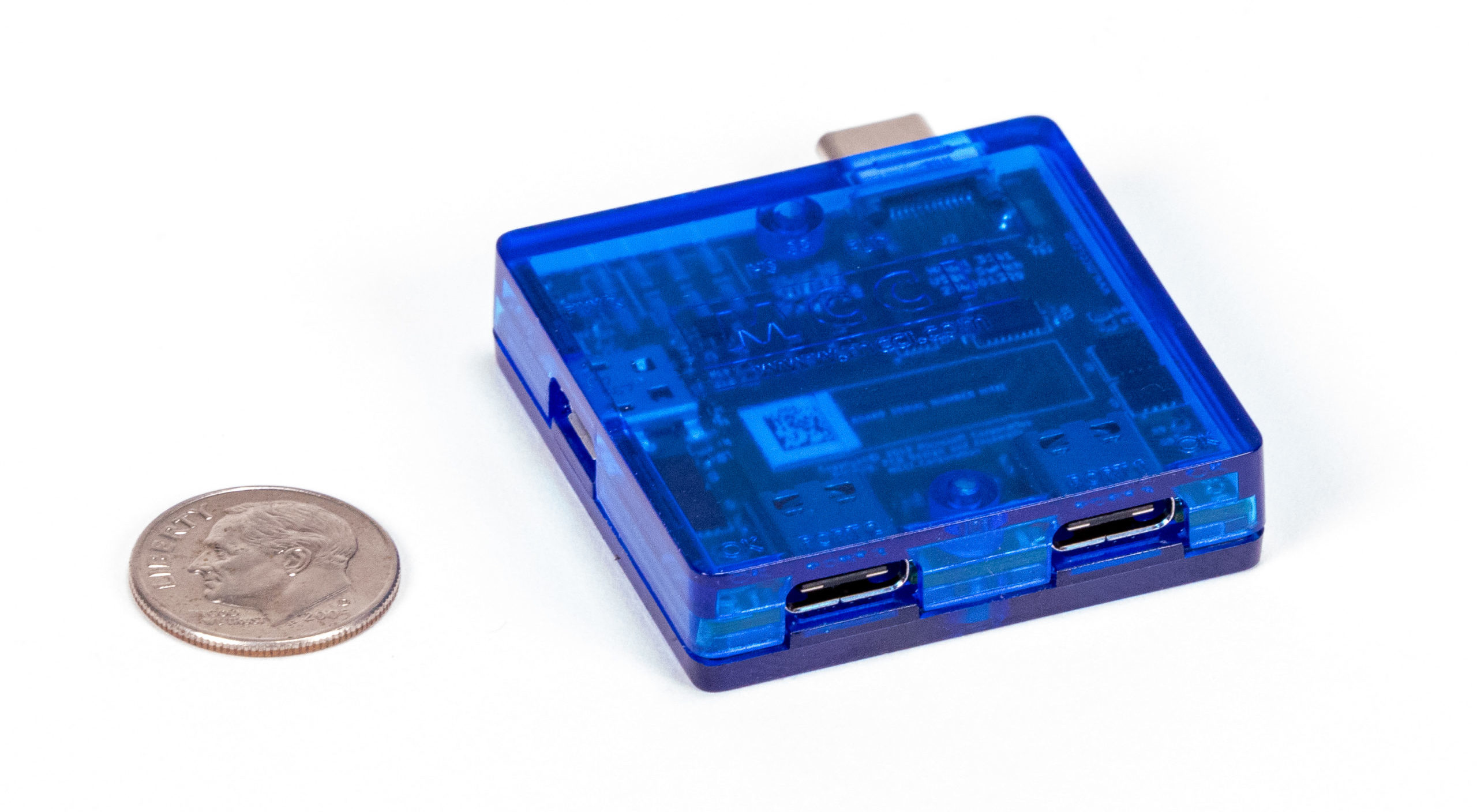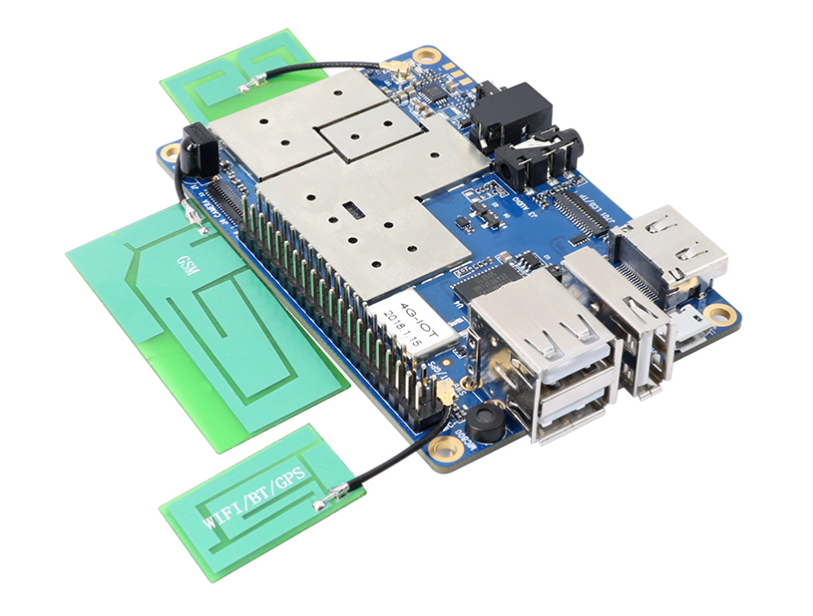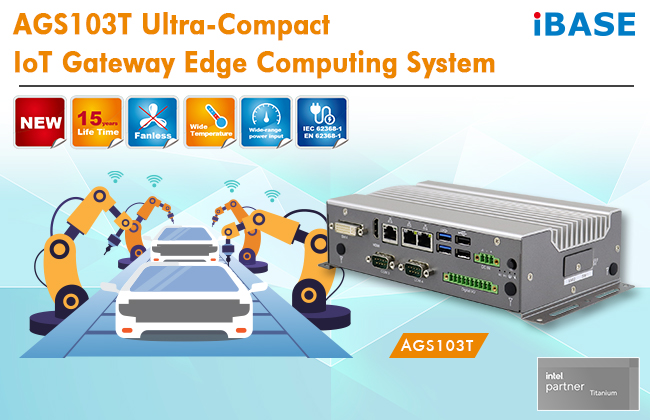
Open-V, The Open Source RISC-V 32bit Microcontroller
Open source has finally arrived to microcontrollers. Based on RISC-V instruction set, a group of doctoral students at the Universidad Industrial de Santander in Colombia have been working on an open source 32-bit chip called “Open-V“.
Onchip, the startup of the research team, is focusing on integrated systems and is aiming to build the first system-on-chip designed in Colombia. The team aims to contribute to the growth of the open source community by developing an equivalent of commercial microcontrollers implemented with an ARM M0 core.
 The Open-V is a 2x2mm chip that hosts built-in peripherals which any modern microcontroller could have. Currently, it has ADC, DAC, SPI, I2C, UART, GPIO, PWM, and timer peripherals designed and tested in real silicon. Other peripherals, such as USB 2, USB3, internal NVRAM and/or EEPROM, and a convolutional neural network (CNN) are under development.
The Open-V is a 2x2mm chip that hosts built-in peripherals which any modern microcontroller could have. Currently, it has ADC, DAC, SPI, I2C, UART, GPIO, PWM, and timer peripherals designed and tested in real silicon. Other peripherals, such as USB 2, USB3, internal NVRAM and/or EEPROM, and a convolutional neural network (CNN) are under development.
Open-V Chip Specifications
- Package: QFN-32
- Processor RISC-V ISA version 2.1 with 1.2 V operation
- Memory: 8 KB SRAM
- Clock: 32 KHz – 160 MHz, Two PLLs, user-tunable with muxers and frequency dividers
- True Random Number Generator: 400 KiB/s
- Analog Signals: Two 10-bit ADC channels, each running at up to 10 MS/s, and two 12-bit DAC channels
- Timers: One general-purpose 16-bit timer, and one 16-bit watch dog timer (WDT)
- General Purpose Input/Ouput: 16 programmable GPIO pins with two external interrupts
- Interfaces: SDIO port (e.g., microSD), two SPI ports, I2C, UART
- Programming and Testing
- Built-in debug module for use with gdb and JTAG
- Programmable PRBS-31/15/7 generator and checker for interconnect testing
- Compatible with the Arduino IDE
RISC-V is a new open instruction set architecture (ISA) designed to support architecture research and education. RISC-V is fully available to public and has advantages such as a smaller footprint size, support for highly-parallel multi-core implementations, variable-length instructions to support an optional dense instruction, ease of implementation in hardware, and energy efficiency.
Open-V core provides compatibility with Arduino, so it is possible to benefit from its rich resources. Also when finish preparing the first patch, demos and tutorials will be released showing how Open-V can be used with the Arduino and other resources.
The Open-V microcontroller uses several portions of the Advanced Microcontroller Bus Architecture (AMBA) open standard for on-chip interconnection. This makes any Open-V functional block, such as the core or any of the peripherals, easy to incorporate into existing chip designs that also use AMBA. We hope this will motivate other silicon companies to release RISC-V-based microcontrollers using the peripherals they’ve already developed and tested with ARM-based cores.
We think buses are so important, we even wrote a paper about them for IEEE LASCAS 2016.
Open-V Development Board Specifications

Onchip team are also developing a fully assembled development board for their Open-V. It is a 55 mm x 30 mm board that features everything you need to get start developing with the Open-V microcontroller, include:
- USB 2.0 controller
- 1.2 V and 3.3 V voltage regulators
- Clock reference
- Breadboard-compatible breakout header pins
- microSD receptacle
- Micro USB connector (power and data)
- JTAG connector
- 32 KB EEPROM
- 32-pin QFN Open-V microcontroller
Compared with ARM M0+ microcontrollers, power and area simulations show that a RISC-V architecture can provide similar performance. This table demonstrates a comparison between Open-V and some other chipsets.

OnChip Open-V microcontroller designs are fully open sourced, including the register-transfer level (RTL) files for the CPU and all peripherals and the development and testing tools they use. All resources are available at their GitHub account under the MIT license.
We think open source integrated circuit (IC) design will give the semiconductor industry the reboot it needs to get out of the deep innovation rut dug by the entrenched players. Just like open source software ushered in the last two decades of software innovation, open source silicon will unleash a flood of hardware innovation. The Open-V microcontroller is one concrete step in that direction.
A crowdfunding campaign with $400k goal has been launched to support manufacturing of Open-V. The chip is available for $49 and the development board for $99. There are also many options and offers.

















